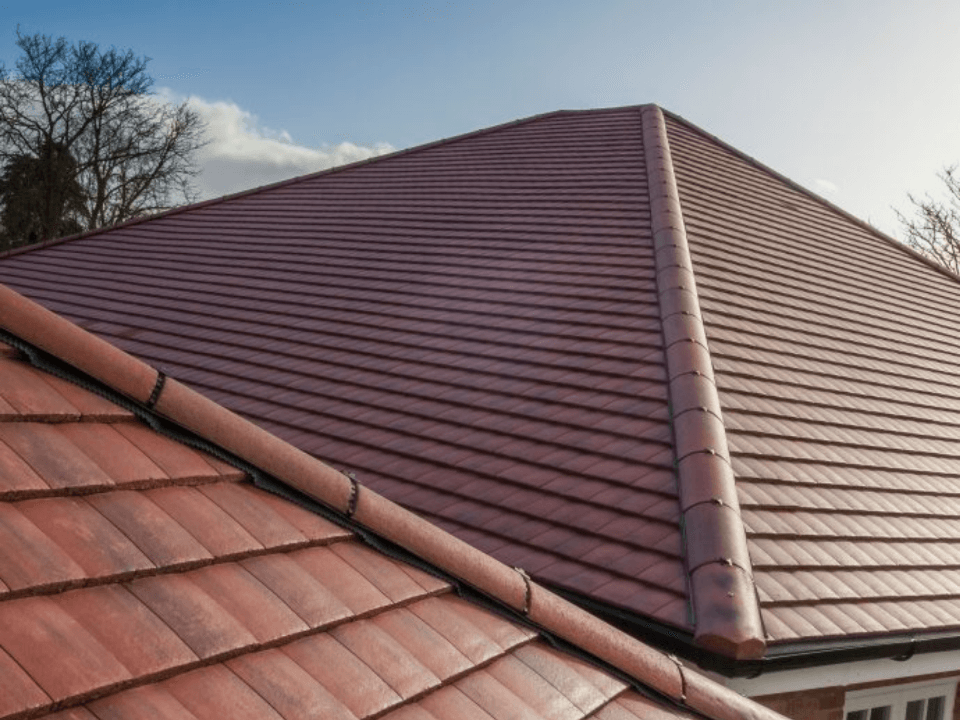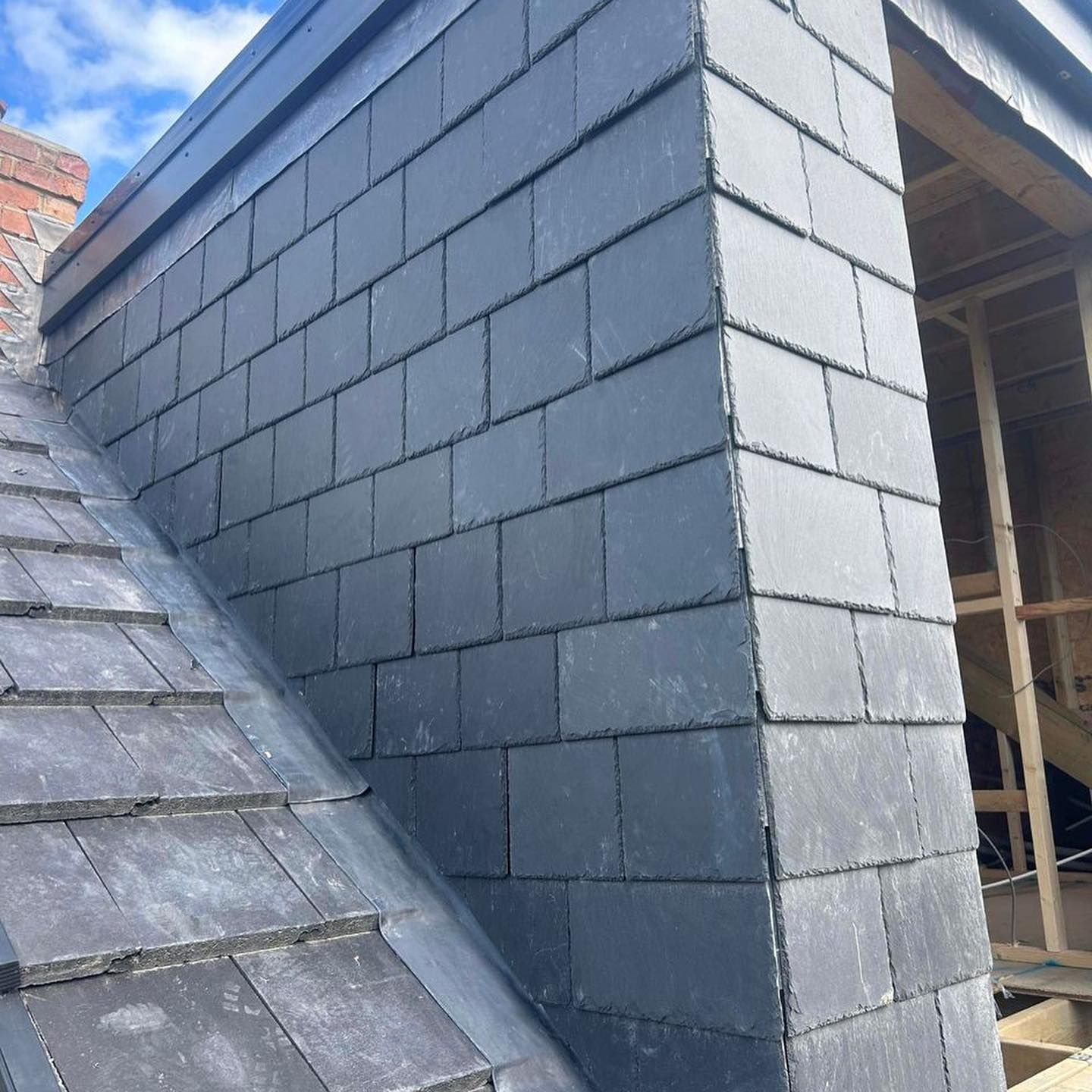Roof Lifespan: How Long Can You Expect Your Roof to Last
Whether you currently own a property or are in the process of purchasing one, Pro Roofers Glasgow recommend that understanding the expected lifespan of your roof is of utmost importance. This knowledge not only provides valuable insights into the appropriate timing for roof replacements but also facilitates effective budget planning for property maintenance, a crucial consideration, particularly for investment property owners.
What affects the lifespan of your roof?
The choice of roofing material significantly impacts the lifecycle of your roof. Common roofing materials and their approximate lifespans include clay tiles and concrete tiles at 60 years, natural slate at 75 years, synthetic slate at 40 years, metal at 55 years, shingles at 50 years, felt at 20 years, and single ply & EPDM at 30 years. Proper maintenance, adherence to recommended practices, and exposure to adverse weather conditions will influence the actual lifespan of these materials. Homeowners and construction professionals should consider these factors to select the most suitable and durable roofing material for their needs.
Maintenance and Repair: To ensure the maximum longevity of your roof, it is crucial to conduct regular maintenance and address necessary repairs promptly. Chimney repointing, tile cleaning, gutter clearance, and condensation management are some of the essential measures that should be taken to prevent premature roof replacement and maintain its integrity.
Exposure to the Elements: The degree of exposure to natural elements such as wind, sun, and rain significantly influences the lifespan of your roof. Roofs subjected to harsh conditions are more likely to require replacement sooner than those sheltered from such elements. Proper consideration of environmental exposure is essential when determining the expected lifespan of a roof.
How long do tile roofs last?
Tile roofs are widely favored among properties in Glasgow, with natural slate tiles standing out as the most long-lasting roofing material, often exceeding a century in lifespan. Despite its exceptional durability, natural slate is relatively expensive and may not be suitable for all property types due to its weight. Structural strengthening might be necessary when using slate, leading to significant disruptions and costs during installation.
Following natural slate, concrete and clay roof tiles exhibit similar longevity and are the next most durable options. With proper care and maintenance, concrete or clay tile roofs can easily last up to 60 years, although most manufacturers typically guarantee the material for 30 years. These materials are versatile, suitable for various pitched roofs, and come in an array of colors, making them a cost-effective and visually appealing choice.
Synthetic slate, an artificial alternative designed to mimic the appearance of natural slate, is manufactured using composite materials or plastic. Although it provides a lightweight and easily recyclable option with a traditional look, its life expectancy falls short compared to concrete, clay, or natural slate tiles. Despite this, synthetic slate remains a viable choice for those seeking a balance between aesthetics and practicality.
How long do metal roofs last
Metal roofs are renowned for their exceptional durability, making them a popular choice for industrial and commercial buildings. With an average lifespan of approximately 55 years, these roofs often surpass expectations, lasting 70 years or more. However, it's essential to consider that metal roofing can be relatively costly in comparison to clay, concrete, and slate tiles. Additionally, the prices of metal roofing materials may fluctuate significantly in line with market changes in metal prices.
How long do flat roofs last?
Flat roofs, whether covered with felt or a rubber membrane, generally boast the shortest lifespan among roofing materials. Manufacturers often provide limited guarantees, typically not extending beyond 20 years, necessitating more frequent replacements compared to pitched roofs. Despite this, flat roofs offer cost advantages during installation and are particularly well-suited for extensions where pitched roofs could obstruct views from the main building or surrounding properties. At Pro Roofers Glasgow, we recommend replacing your flat roof approximately every 25 years, although if it is covered with a rubber membrane, it may be possible to delay a full replacement by 5-10+ years beyond this timeframe.
Summary
The expected lifespan of pitched tile roofs surpasses that of flat roofs, which typically have the shortest lifespan among roofing types. To maximise your roof's longevity, proper maintenance is crucial. Timely repairs and addressing any defects at the earliest opportunity are essential to prevent damage and premature deterioration.
For a reliable assessment of your roof's condition, we encourage you to contact Pro Roofers Glasgow today. Our team of experienced roofers in Glasgow will provide an honest evaluation and recommend the most cost-effective solutions to ensure you get the most out of your roof's performance and lifespan.
You might also like


